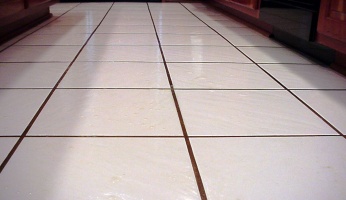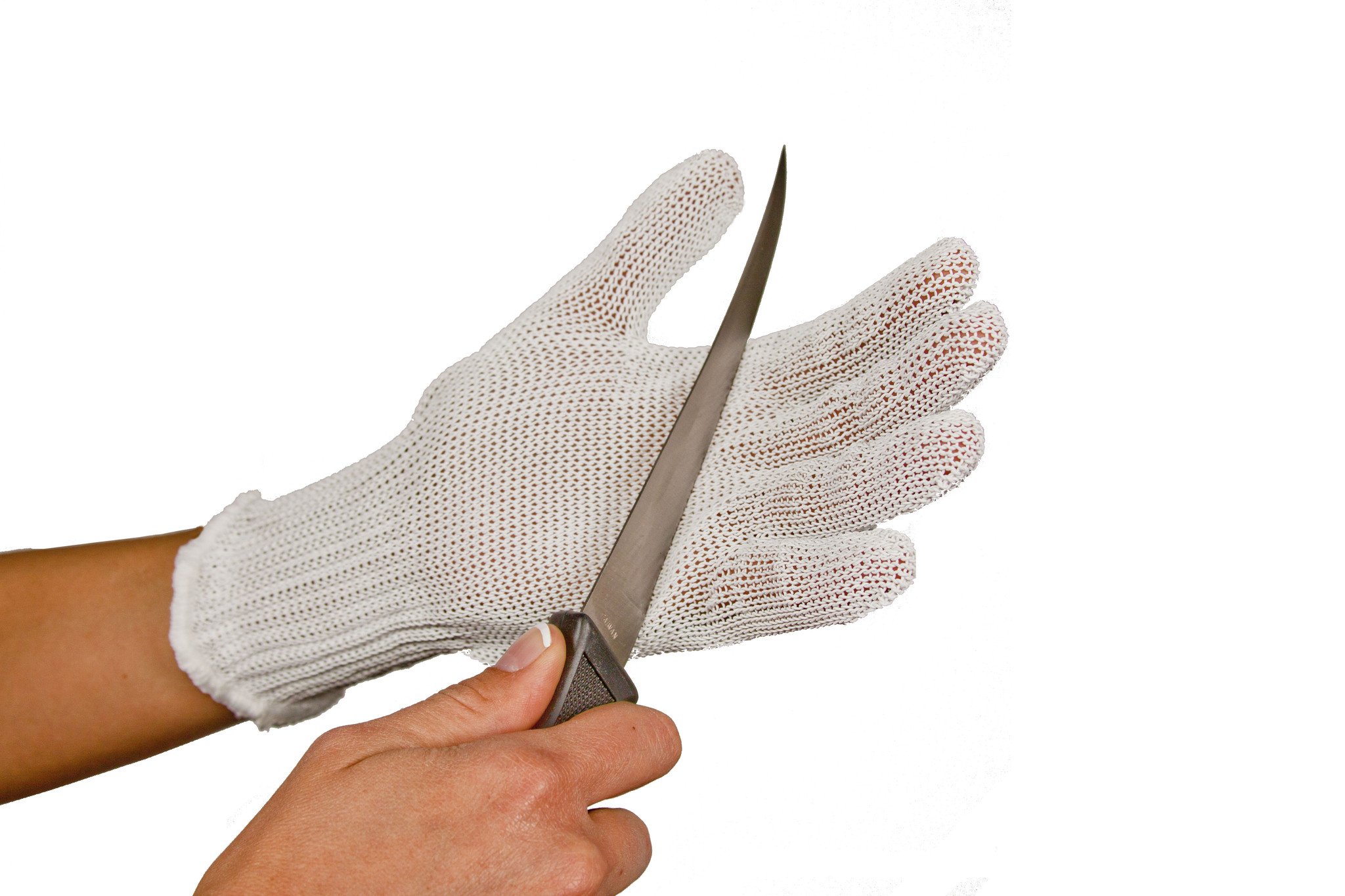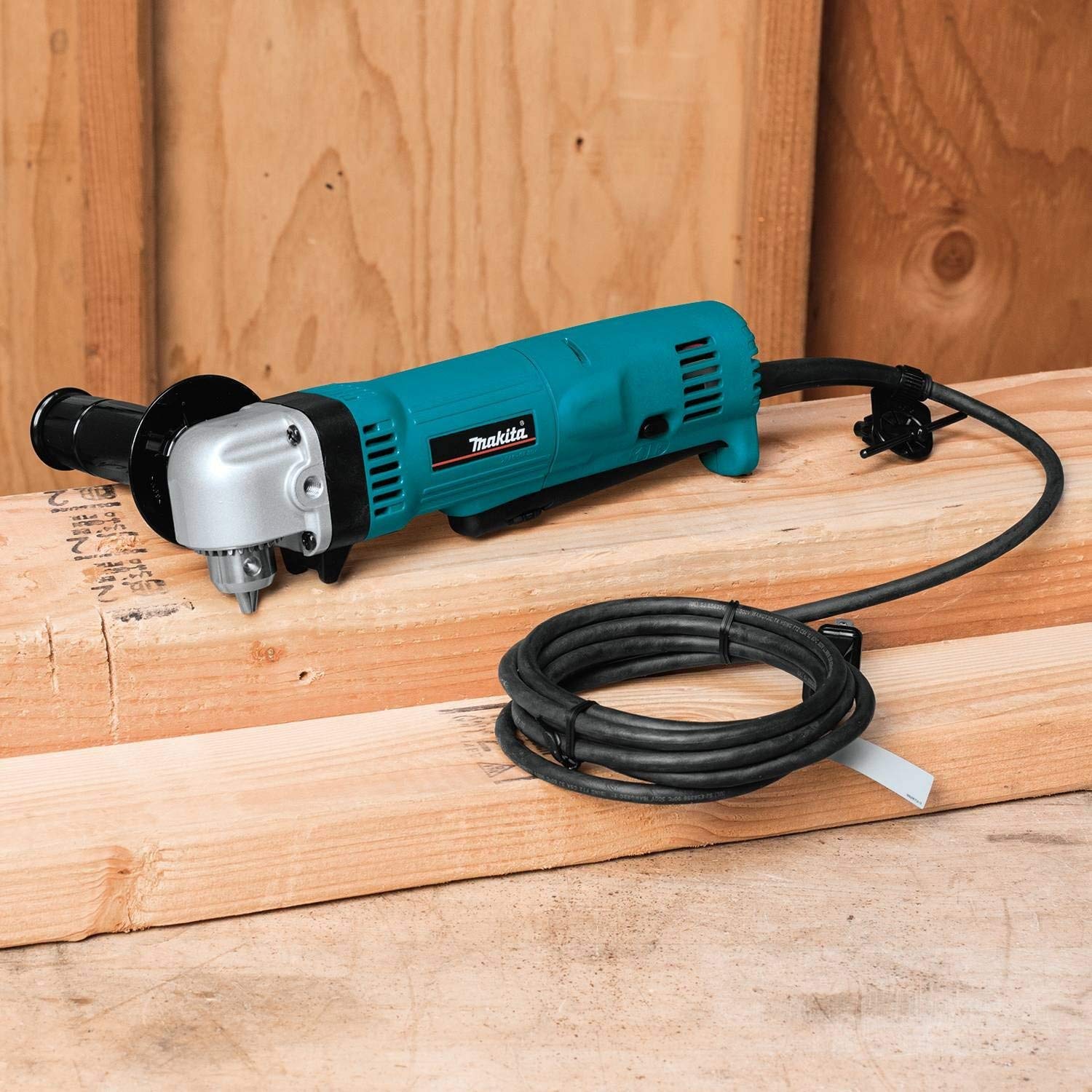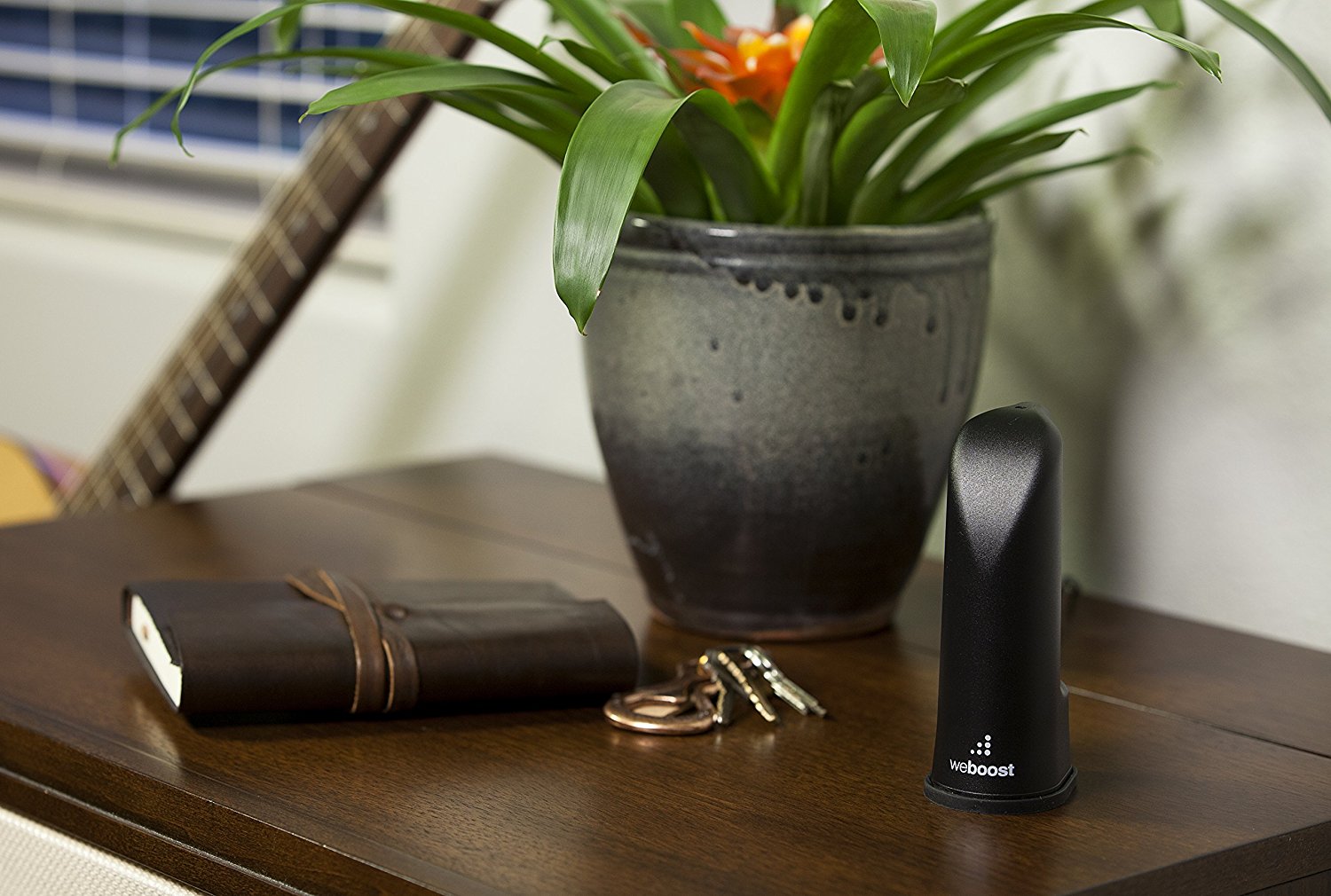- No Obligations
- Stop Paying Too Much For Your Contractor
- No Spam Calling
- Screened & ID Checked Contractors only!
How to Remove Rust From Tools: Tips That Work!
0
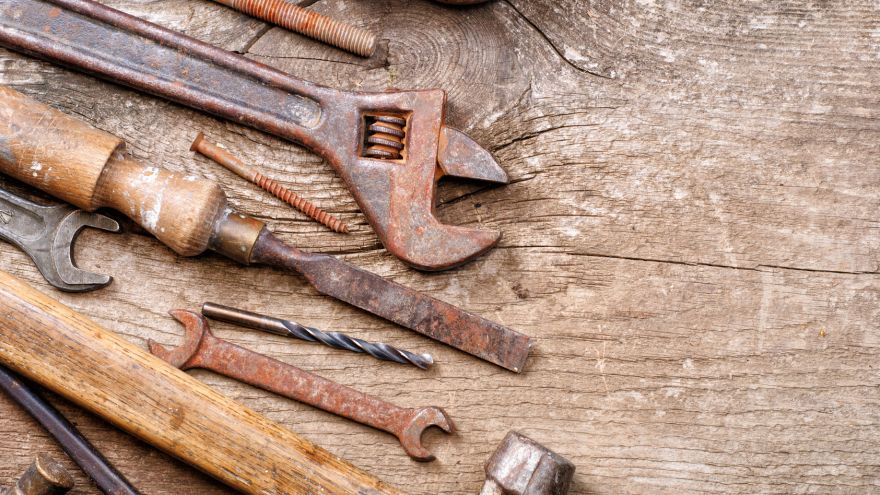 How to Remove Rust From Tools: Tips That Work!
earlyexperts.net
How to Remove Rust From Tools: Tips That Work!
earlyexperts.net
We all have a pile of rusted old tools lying around our basements and garages. For some, the wear on these implements have been earned. Perhaps you inherited a classic set of sockets from your grandfather as an heirloom or your old tools are a remembrance of your family’s farming roots.
In other cases, the unusable instruments strewn across your work bench have just been neglected. Maybe you left that hammer outside after a repair project. Then the leaves fell and soon after the snow came and the next time you went to grab your hammer, you realized it was too late.
Regardless of what the case may be, no one likes a rusty tool. Your antique tools are the perfect accents of display in a mancave or farm style home. Cased in rust, they are unsightly. For the hand tools you deprived proper care, rust will render them unusable. But why go and out and buy a brand new set, if there is a way to restore them back to working order?
There are plenty of household ingredients as well as some abrasive chemicals that are fully up to the task. Here are the best ones to use and how to use them!
Old Standard (White Vinegar)
Vinegar is an extremely multi-faceted product and has some tremendous cleaning and restoration principles when used correctly. The vinegar will react with rust and dissolve it from metal. Simply, let the tools soak in a white vinegar for a few hours, then use a tough sponge or steel wool to scrub the paste that forms from the vinegar and rust mix away.
PRO TIPS: If your object is too big, you can pour a layer of vinegar over the top of it and let it sit. You can also soak a rag in vinegar and wipe across the object. While to lesser effect, this will do the same job. You just may need to apply a couple coats of vinegar to maximize the process.
The Tequila Shot (Salt and Lime)
Sprinkle salt over the rusted area of the tool. When it is fully covered, juice a lime over the salt. Try and get as much juice from the lime as possible, and use a few limes if they are available. This solution will need to sit for two to three hours before it has loosened the rust enough to scrub. Once this time as past, you should be able to use the rind of the lime to scrub the metal. This will ensure the metal is protected and should still be strong enough to the job of cleaning the tool. A lemon can also be used following the same process.
The Dentist’s Approach (Baking Soda)
Mix baking soda with water to create a thick paste. When it is at the consistency of the standard tooth paste, apply it to the tool and let it sit. Following the dental theme, use a toothbrush to scrub the rust away, then rinse.
The French Fry (Potato and Dish Soap)
Cut a raw potato in half and cover the cut end in dish soap. The nutrients in the potato react with the soap that when applied to the tool, allow the metal to absorb the cleaning principles of the soap for an extended period of time. Place the potato, cut side down, on top of the rusted area and leave it to sit for a few hours.
This is only a viable option for small tools or small areas of rust lest you have fallen into a large collection of potatoes you have no other use for.
PRO TIP: For especially finicky rust, reapply by slicing the potato at the used end, revealing a fresh surface, and go at it again.
The Heavy Duty (Oxalic Acid)
Anytime you work with acid, you should wear protective equipment. With gloves, goggles, and in clothes you don’t particularly care about, mix roughly five teaspoons of oxalic acid with 250 milliliters of warm water. Soak the rusted tool for twenty minutes. When the twenty minutes is up, wipe the rust free of the tool with a cloth or brass brush.
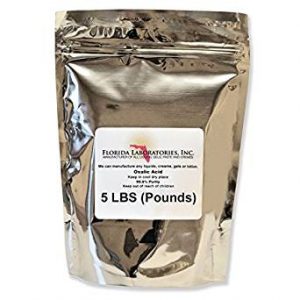
PRO TIP: Be sure to rinse the tool completely when you are done removing the rust. If not, there could be residual acid on the metal. This could create a problem the next time you go to grab the tool without protective gloves.
Born for This (Rust Remover Chemicals)
There are many products on the market whose sole purpose is to dissolve rust. Most of these are made from phosphoric or oxalic acid. In that sense, they are harmful to skin and protective measures should be taken.
Follow the directions of the rust-removal products as some may vary in use.
The Converter (Rust Converter Products)
A rust converter is a product meant to stop the progression of rust as it eats away at the metal of your tool. These products act as paint primers as well. If you do not plan on painting over the tool, then this is likely not the best choice as it is not nearly as effective as removing the rust completely. Think of the converters as a quick fix for rust that simply isn’t coming loose no matter what you use.
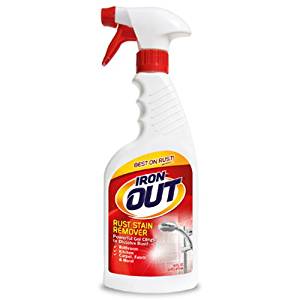
The Elbow Grease Technique (Abrasive Tools)
The other means by which rust is traditionally removed sans chemicals is through the use of abrasive tools meant for scraping. Some options are steel wool, sandpaper, a power sander, or a power grinder.
This is a good first option. If you are able to knock most of the rust off without the use of any chemicals, great! It is more likely, however, that you won’t return your tool to a brand new appearance. A combination of elbow grease and a vinegar or lime and salt soak should do the trick.
Conclusion
There is more than one way to skin a cat, and there are a TON of ways to remove rust from metal, specifically those old rusted tools. While each of these options has value in isolation, what is more, common is that a combination of one or more is necessary to revive the sheen and operating ability of your metal instruments.
Start simple with abrasive scraping or products you have around the house. If you aren’t doing much good, work you way up to the acids, and ultimately the store bought rust removers. For even the most neglected tools, there is hope of a new life through one or more of the methods outlined above.


